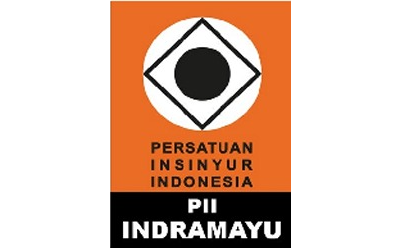PENGARUH VARIASI KAPASITAS PEMANAS TERHADAP KONDISI SUHU DAN KELEMBABAN SERTA DURASI PEMANASAN PADA SCREENHOUSE BERBASIS EVAPORATIVE COOLING SYSTEM
Abstract
The unpredictable weather changes in Indonesia cause various problems for the agricultural sector. One of which is the decline in productivity of farmers' crops up to 40% which is caused by non-optimal environmental conditions during the plant growth process. To be able to adapt to these conditions, it is necessary to have an optimal system of environmental conditioning for plant growth. In this research, a screenhouse temperature and humidity conditioning system was designed for the growth of tomato plants as a horticultural commodity with high potential and high economic value in Indonesia. The system design is modeled and tested through simulation on Vensim software by varying the furnace capacity by 4oC/hour, 6oC/hour, and 10oC/hour in order to see its effect on the internal screenhouse temperature and heating duration. Based on the simulation results of system design, the heating rate and duration for each furnace capacity variation are 4.74oC/hour (135 minutes per cycle), 6.9oC/hour (75 minutes per cycle), and 11.76oC/hour (45 minutes per cycle). The furnace capacity value of 10oC/hour is considered to be optimal and more energy efficient because it only requires a heating process for 180 minutes per day to maintain the screenhouse internal temperature in optimal temperature range for tomato plant growth, which is 18 - 24 oC with an offside value of ±0.5 oC. The stable cooling rate value for this system is in the range of 1 – 1.8oC/hour.
Full Text:
PDFReferences
Admin, 2012. Balai Besar Pelatihan Pertanian Lembang. www.bbpp-lembang.info. [Online].
Anestyan, D. R., Wijaksana, H., dan Suarnadwipa, I.N., 2018. "Study Eksperimental Performansi Evaporative Cooling Pad dengan Penggunaan Aliran Paksa Udara Dingin dengan Saluran Udara berbentuk Persegi Empat". Jurnal Ilmiah Teknik Desain Mekanika Vol. 7, No. 2, pp. 182-188.
Ayu, W. S., dan Prasetyo, B. Y., 2022. “Simulation of IoT-Based Temperature and Humidity Conditioning System in Screen House”. International Journal of Applied Technology Research, Vol. 3, No. 1, pp. 46 – 54.
Desmarais, G., dan Raghavan, G. S. V., “Thermal Characteristics of Screenhouse Configurations in a West-African Tropical Climate”, Acta Horticulturae. DOI: 10.17660/ActaHortic.1997.443.4.
Herell, M.D., Ganesha, A. H. P., dan Kinguantoro, K., 2021. “Sistem Pemantauan Cuaca dan Pengendali Sistem Irigasi dengan Penjadwalan Berbasis Evapotranspirasi pada screen house”. Institut Teknologi Bandung.
Sugiyono, A., 1998. “Kendali Sistem Energi untuk Pertanian Rumah Kaca”. Prosiding Seminar Nasional Penerapan Teknologi Kendali dan Instrumentasi pada Petanian, pp. S5-5.1 – S5-5.4.
Syakur, A., 2012. “Pendekatan Satuan Panas (Heat Unit) untuk Penentuan Fase Pertumbuhan dan Perkembangan Tanaman Tomat di dalam Rumah Tanaman (Greenhouse)”, J. Agroland 19 (2): 96-101, ISSN: 0854-641X.
Wahono, S., Sugiyanto, dan Yohana, E., 2014. “Eksperimen Pengaturan Suhu dan Kelembaban pada Rumah Tanaman (Greenhouse) dengan Sistem Humidifikasi”. Jurnal Teknik Mesin, S-1, Vol. 2, No.1.
DOI: https://doi.org/10.31884/jtt.v9i1.461
Refbacks
- There are currently no refbacks.
Copyright (c) 2023 JTT (Jurnal Teknologi Terapan)

This work is licensed under a Creative Commons Attribution-NonCommercial-NoDerivatives 4.0 International License.
 Creative Common Attribution-ShareAlike 4.0 International (CC BY-SA 4.0)
Creative Common Attribution-ShareAlike 4.0 International (CC BY-SA 4.0)













